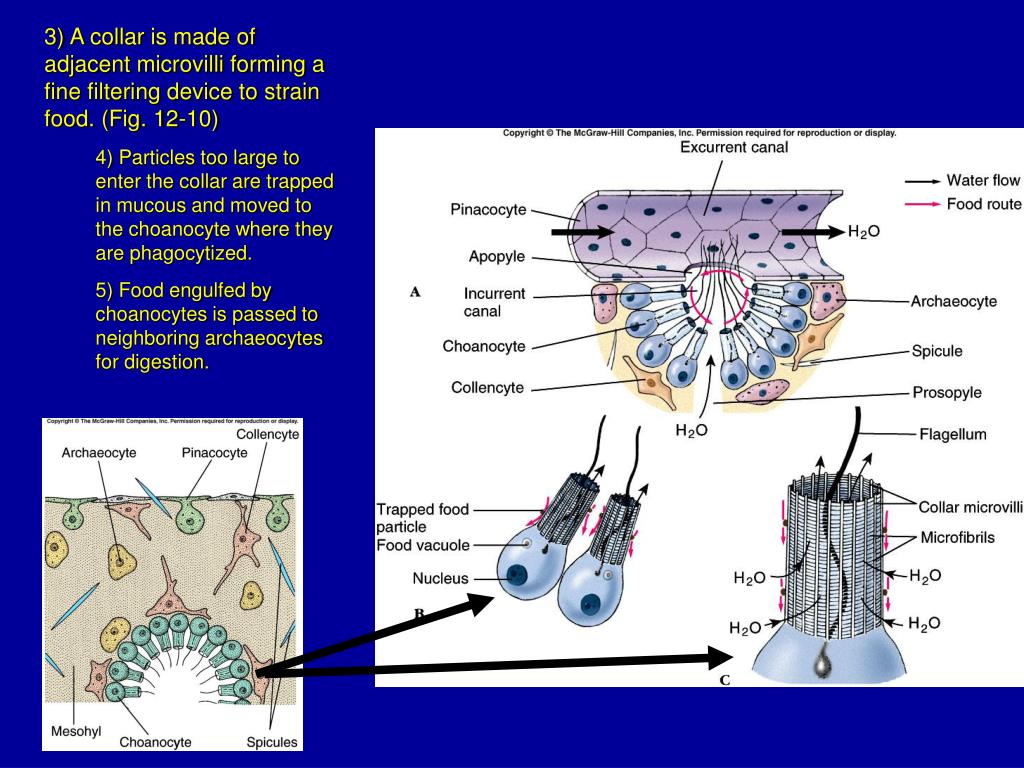

Differentiation of tissues occurs very early during embryogenesis with the separation of uninucleate and multinucleate lineages, but all cells and syncytia are joined by cytoplasmic bridges such that there is cytoplasmic continuity throughout the entire larva. The multinucleated trabecular tissue envelops and forms cytoplasmic bridges with all uninucleate cells, covering the developing larva with a continuous syncytial epithelium. Syncytia then form by the fusion of micromeres to form cytoplasmic bridges with each other and the fusion of macromeres to form the future multinucleated trabecular tissue of the larva and adult sponge. The sixth division yields a collection of variously sized micromeres at the surface of the embryo and large yolk- and lipid-filled macromeres lining the blastocoel. minuta blastomeres are separate until the 32-cell stage cleavage is equal but asynchronous until a hollow blastula is formed.

Here we have used serial section transmission and high-resolution scanning electron microscopy to examine when syncytia first form in the cave-dwelling glass sponge Oopsacas minuta. Glass sponges (Hexactinellida) have perhaps the most unusual body plan within the Metazoa because the majority of the tissue of the adult consists of a single giant multinucleated syncytium that forms the inner and outer layers of the sponge and is joined by cytoplasmic bridges to uninucleate cellular regions. Although molecular approaches have offered new insights, some questions require a morphological approach using detailed ultrastructural or light microscopical studies of developing embryos and larvae. Sponges (Porifera) are unusual animals whose body plans make interpreting phylogenetic relationships within the group and with other basal metazoan taxa a difficult task.


 0 kommentar(er)
0 kommentar(er)
